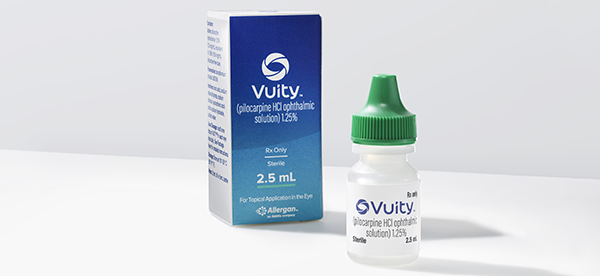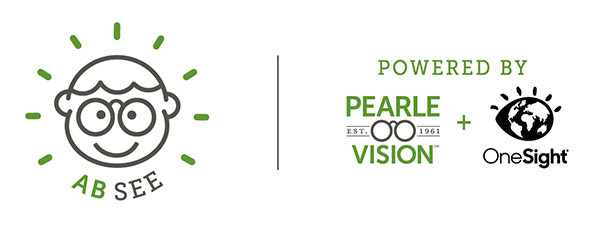|
What today’s workers want falls into a few general themes: greater freedom and flexibility, a bigger say in the workplace, better compensation and increased safety and security. Employers that can meet these demands have an advantage in today’s job market. Let’s look at each in turn.
Greater Freedom and Flexibility
Most employees who have experienced the benefits of working from home want remote work to remain an option, at least part of the time. But remote work isn’t the only way that employees desire greater freedom and flexibility. They also want the liberty to decide their own work schedule or at least receive their schedule in advance, the option to take time off when they need it and without worrying about a smaller paycheck, and ample opportunities to advance their career. Workers who feel constrained or stalled at work are less likely to stick around. And if they do stay, they’re likely to feel frustrated, perhaps even resentful. Neither attitude inclines them to do their best work.
Tip: Talk with your employees to determine what decisions about their work and their development they can freely make for themselves.
A Bigger Say in the Workplace
Employees want a cultural fit. They want their work and workplace to align with their beliefs and values. They’re willing to quit if the culture doesn’t suit them, but they also believe the culture isn’t only their employer’s to define. As they see it, the culture belongs to them, too. And many of them are willing to organize protests, perform walkouts and engage in other forms of concerted activity if they don’t approve of how their employer conducts business.
Tip: Consider whose beliefs and values take priority in your workplace. Does culture come from the top down or is it a collaborative effort? If employees don’t feel comfortable expressing their opinions about what the culture is and what it should be, what could you do to reassure them and encourage fruitful discussions?
Better Compensation
The desire for higher pay, additional benefits, on-the-job training and financial relief are by no means new. But right now, in certain industries, employees have the leverage to demand better compensation. In response, employers in these industries are advertising signing bonuses, $15 an hour minimum pay and other attractive forms of compensation.
Tip: Develop a compensation strategy that’s responsive to today’s fluctuating labor costs.
Increased Safety and Security
With health and safety on most people’s minds, there’s a big demand for work that’s physically and mentally healthy. Most employees don’t want a job that puts them in danger of getting a serious illness or causes them psychological harm. Workers want to feel safe, and they’re leaving jobs where they don’t.
Tip: Following all recommended safety precautions is a lot to keep track of, but it’s also just the bare minimum. Listen to any concerns they have and do what you can to address them.
|





